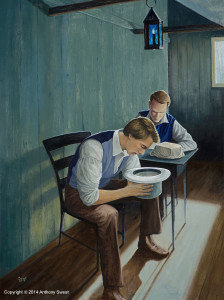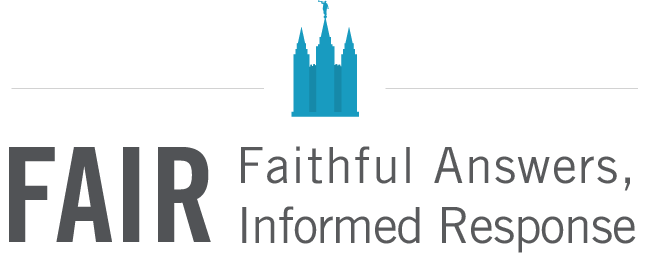This presentation will cover the role of Church Public Affairs and how it interacts with the Church and the press. Brother Otterson will also discuss many of the issues and misconceptions he deals with, as well as respond to questions from the audience.
Michael R. Otterson has been serving as the Managing Director of the Public Affairs Department since 2008, with responsibility for public affairs issues of The Church of Jesus Christ of Latter-day Saints worldwide.
He was educated in England, his birthplace, where he completed his formal journalistic training. For eleven years he worked as a journalist on newspapers in Britain, Australia and Japan.
Since 1976, he has worked in the London, Sydney and Salt Lake City Public Affairs Offices of The Church of Jesus Christ of Latter-day Saints. In his current role as Managing Director he oversees many contemporary concerns facing the church such as women’s issues, religious freedom and an ever-expanding global church.

